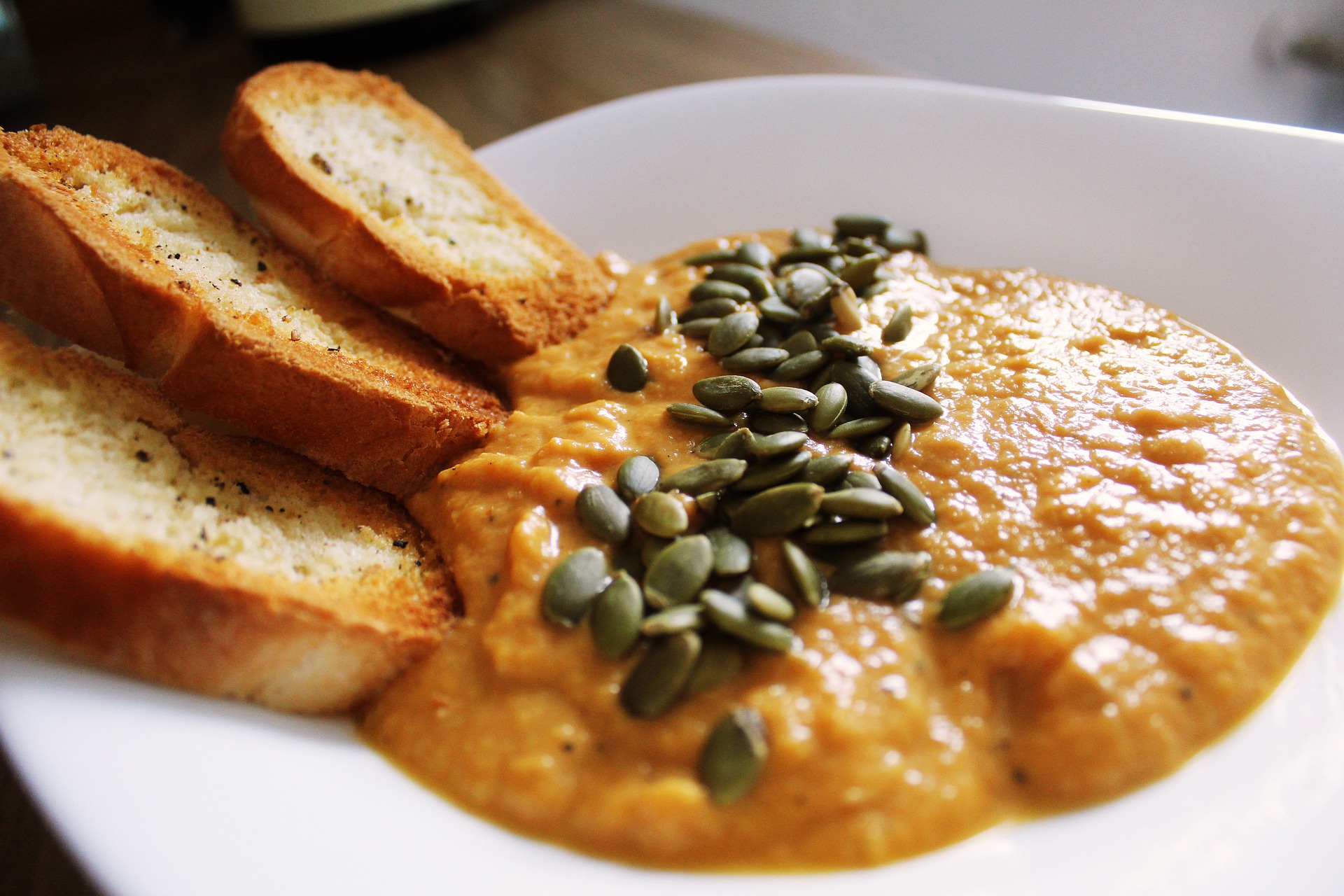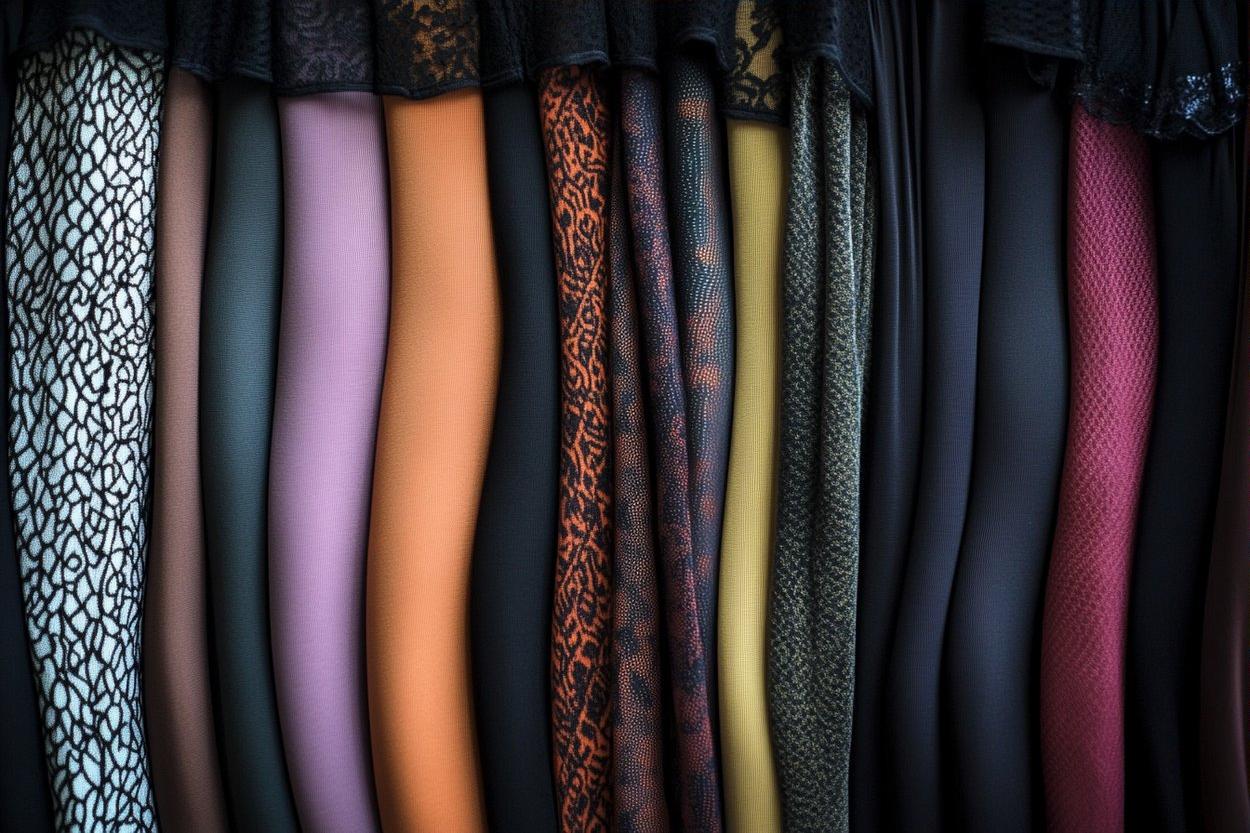Spicing Up Your Kitchen With the Flavors of Moroccan Cuisine
When it comes to exploring diverse and exciting flavors, Moroccan cuisine never disappoints. Renowned for its bold and vibrant flavors, this North African culinary tradition is a beautiful blend of Mediterranean, Berber, Andalusian, and Arab influences. Let's embark on a flavorful journey and discover what makes Moroccan cuisine truly unique.

Immerse Yourself in the Colorful World of Moroccan Spices
Spices are the lifeblood of Moroccan food, offering a rich array of flavors. Commonly used spices include cumin, coriander, saffron, and cinnamon. Each spice brings a unique flavor profile, contributing to the intricate taste of Moroccan dishes. Here’s a tip: invest in a traditional Moroccan spice box to keep your spices fresh and at your fingertips.
The Art of Moroccan Tagines
The tagine, a slow-cooked stew, is a staple of Moroccan cuisine. Named after the conical clay pot it’s cooked in, tagines are known for their tender meat and flavorful sauce. They’re typically made with a meat base, a medley of vegetables, dried fruits, and a vibrant blend of spices.
The Bread of Morocco: Khobz
Bread is an essential part of every Moroccan meal. The most common type is Khobz, a round, crusty loaf that’s used as a utensil for scooping up food. Making Khobz at home is straightforward and rewarding, requiring only a few basic ingredients: flour, water, yeast, and salt.
The Ritual of Moroccan Mint Tea
Tea is more than just a drink in Morocco; it’s a way of life. Moroccan mint tea, a blend of Chinese green tea, fresh mint leaves, and a generous amount of sugar, is traditionally served throughout the day and during social events. Preparing and serving the tea is considered an art form, often done with a sense of ceremony.
The Sweet Side of Moroccan Cuisine
Moroccan desserts are as diverse as they are delicious, often featuring honey, almonds, and citrus flavors. One popular dessert is Kaab el Ghzal, a pastry filled with almond paste and topped with a dusting of sugar. Another favorite is Seffa, a sweet couscous dish flavored with cinnamon and almonds.
Tips and Tricks to Master Moroccan Cooking
-
Invest in a traditional Moroccan Tagine pot. The unique design allows for slow, even cooking that enhances the flavors.
-
Experiment with Ras El Hanout, a traditional Moroccan spice blend, to give your dishes an authentic flavor.
-
When making Moroccan mint tea, remember to ‘bruise’ the mint leaves before adding them to the pot. This releases their flavor and aroma.
-
Moroccan cuisine is traditionally eaten with the right hand. Embrace the custom for a truly immersive experience.
In conclusion, Moroccan cuisine is a fascinating exploration of flavors, techniques, and cultural traditions. By introducing these elements to your own kitchen, you’re not only expanding your culinary repertoire but also embarking on a journey of cultural discovery. So why not spice things up and dive into the world of Moroccan cooking? Your taste buds will surely thank you.




